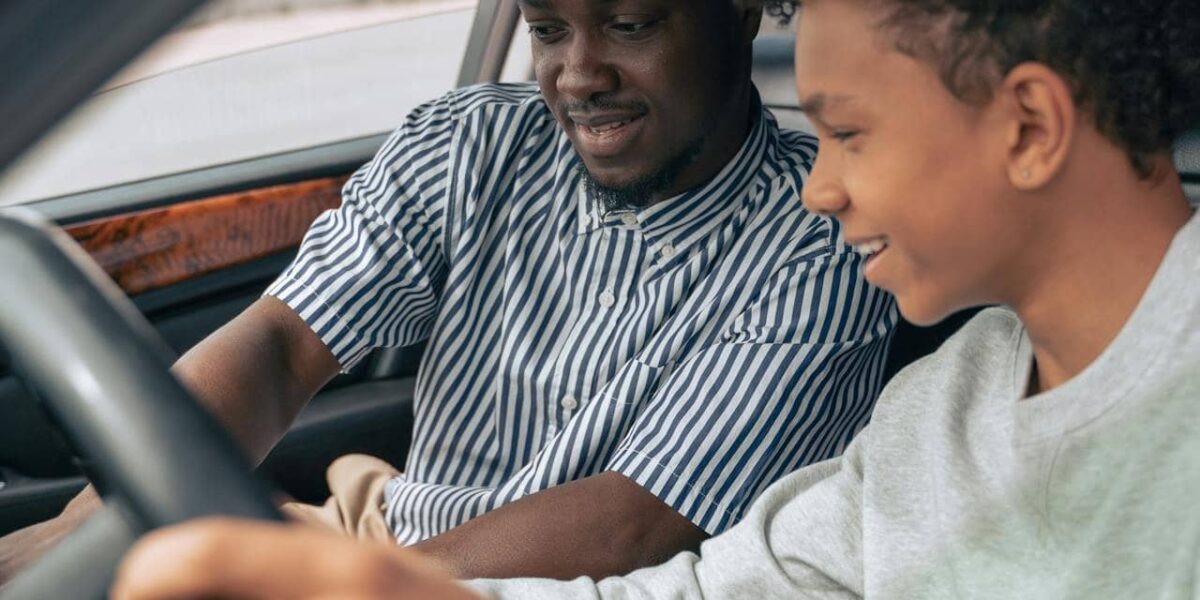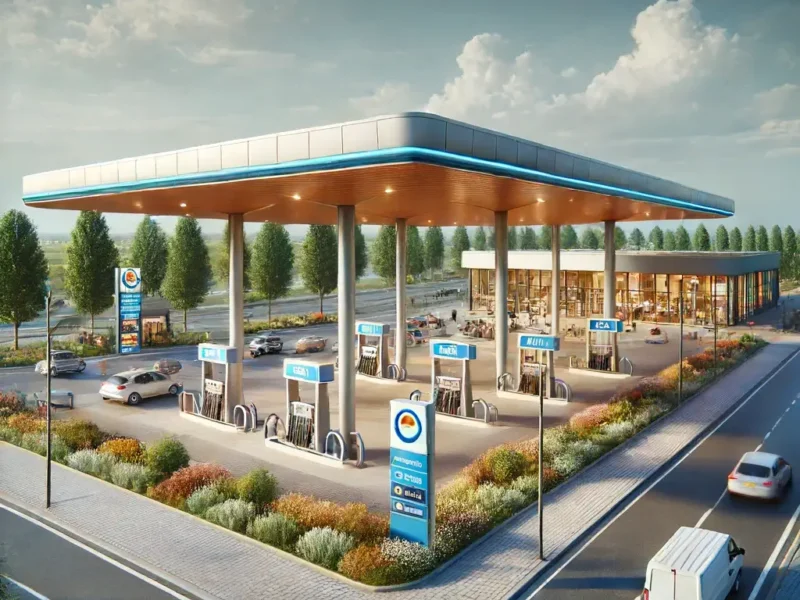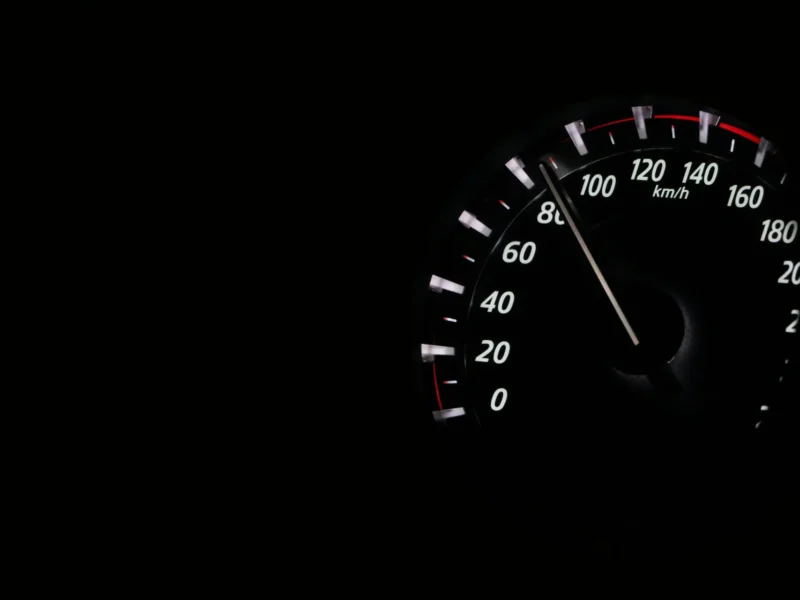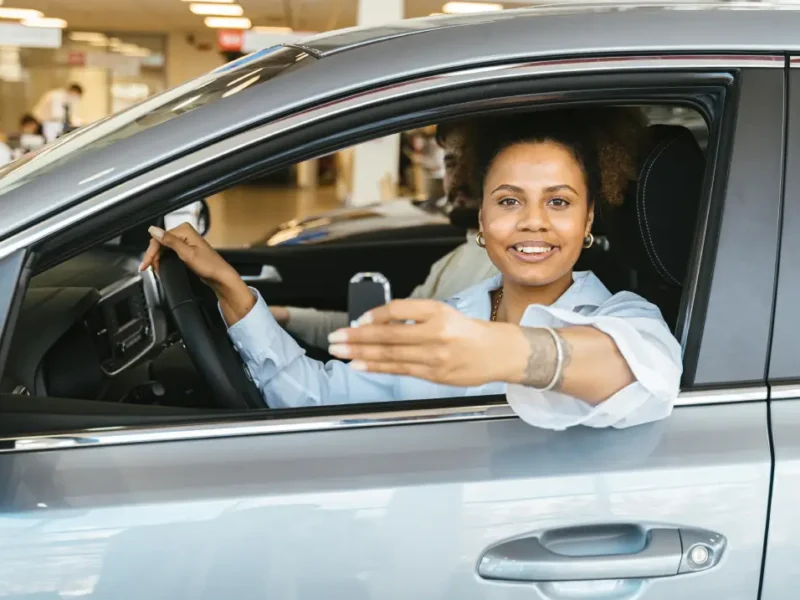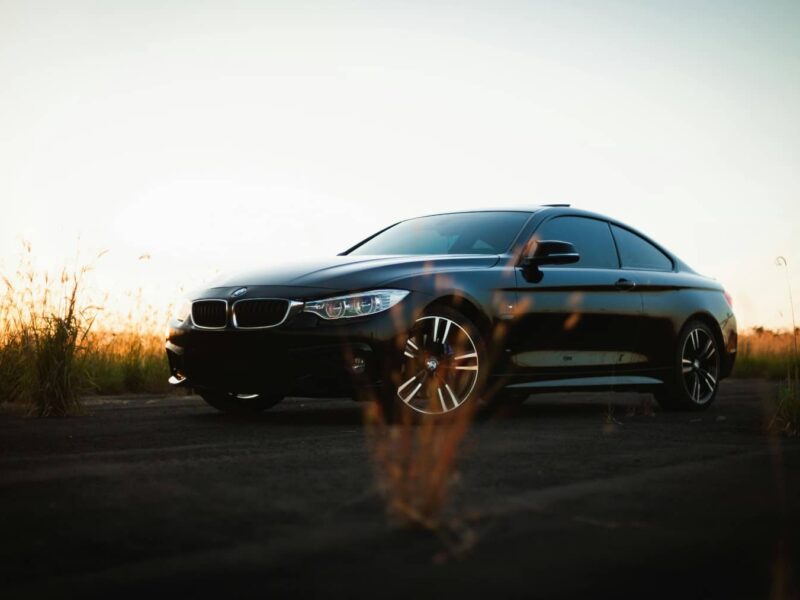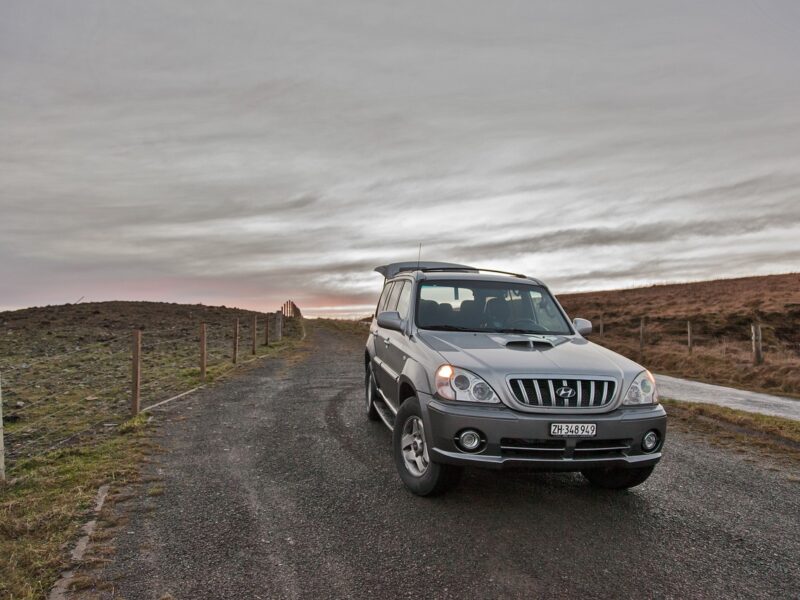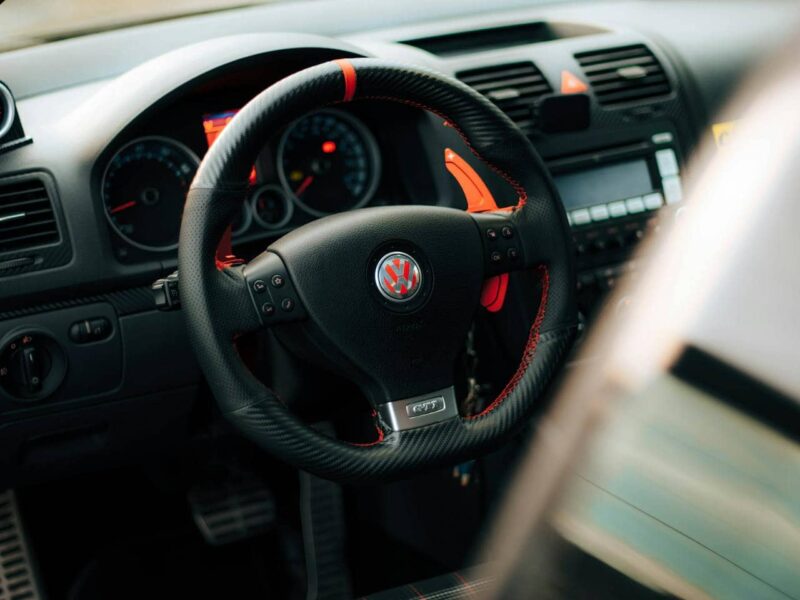The top 5 mistakes new drivers make (and how to avoid them)
Just got your driving licence? Congratulations! You’ve survived the exams, memorised the traffic rules and can now drive on your own. But be careful: the first few months are crucial. Many beginner drivers make mistakes that are easy to avoid—if you know what to look out for. You only really learn to drive once you’re behind the wheel alone; reality is different from the controlled environment of your lessons. That’s why it’s good to be aware of the most common mistakes—and how you can cleverly avoid them.
1. Overestimating your own ability
The freedom of a driving licence feels amazing, but it also brings responsibility. Many new drivers quickly think, “I can do this.” That confidence is fine, but overestimating yourself is a risk, especially at higher speeds or in complex traffic situations. The solution? Build it up gradually. Avoid busy motorways during rush hour until you feel comfortable. Drive extra defensively in the first few months and don’t be afraid to check, brake, or ease off the accelerator an extra time. Self-control is just as important as controlling your car.
2. Poor mirror discipline
A classic mistake among new drivers: forgetting to check the mirrors properly. You probably had it drilled into you in lessons, but once you drive alone, your focus slips. Especially when overtaking, merging or turning, this can create dangerous situations. Establish a fixed routine: mirrors, indicator, shoulder check, steer. Do this for every manoeuvre, until it’s automatic. It not only helps prevent accidents but also lets you drive with more confidence. And it prevents you from being suddenly surprised by someone in your blind spot.
3. Mismanaging speed
Many new drivers go either too slowly out of uncertainty or too fast to keep up with the traffic. Both are risky. Driving too slowly can lead to impatient drivers behind you, while driving too fast gives you less time to react. Learn to adjust your speed to the situation. Drive with the flow, but within your comfort zone and the legal limits. Shift gears at the right time, look well ahead, and don’t panic about what happens on the road; that’s the foundation of good speed awareness.
4. Inadequate preparation during lessons
Your driving lessons form the basis of your driving style, but not every student makes the most of them. Some take lessons on “autopilot” or get little feedback from their instructor. As a result, they lack experience with things like parallel parking, slippery roads or driving in the dark. During your lessons, actively ask for variety in routes and situations. Practise parking, roundabouts, motorways and narrow streets. Choose an instructor who challenges you, who doesn’t just prepare you to pass the test but also gets you ready for real driving. The right driving school, like Ryles, makes all the difference.
5. Thinking the driving licence is the end point
Many see passing the test as the end of their learning journey. In reality, it’s just the beginning. The licence gives you access to the road, but the real lessons come afterwards. Traffic is unpredictable and every day you might encounter something new. Keep developing your skills: watch YouTube videos on road awareness, practise tricky parking, or ride along with an experienced driver for tips. Safe driving is a skill you keep improving. It’s the best way to avoid unconsciously picking up bad habits.
Finally: keep learning, keep driving
The mistakes many new drivers make are often understandable, but also avoidable. By being aware of your weak points and actively carrying on learning, you’ll become a safer, more confident driver much faster. Your licence is an entry ticket, not a final diploma. And your lessons are just a starting point, not the end of the journey. So keep practising, stay alert, and above all, enjoy the freedom that driving brings. Every kilometre makes you better—as long as you learn from it.
